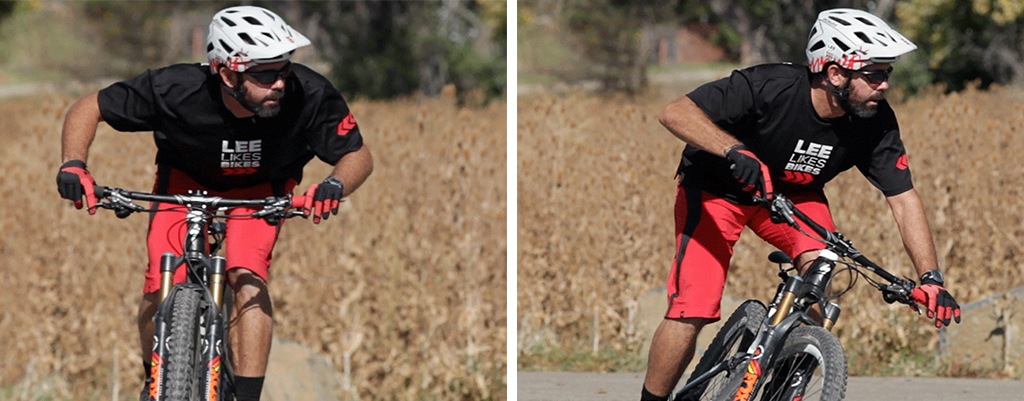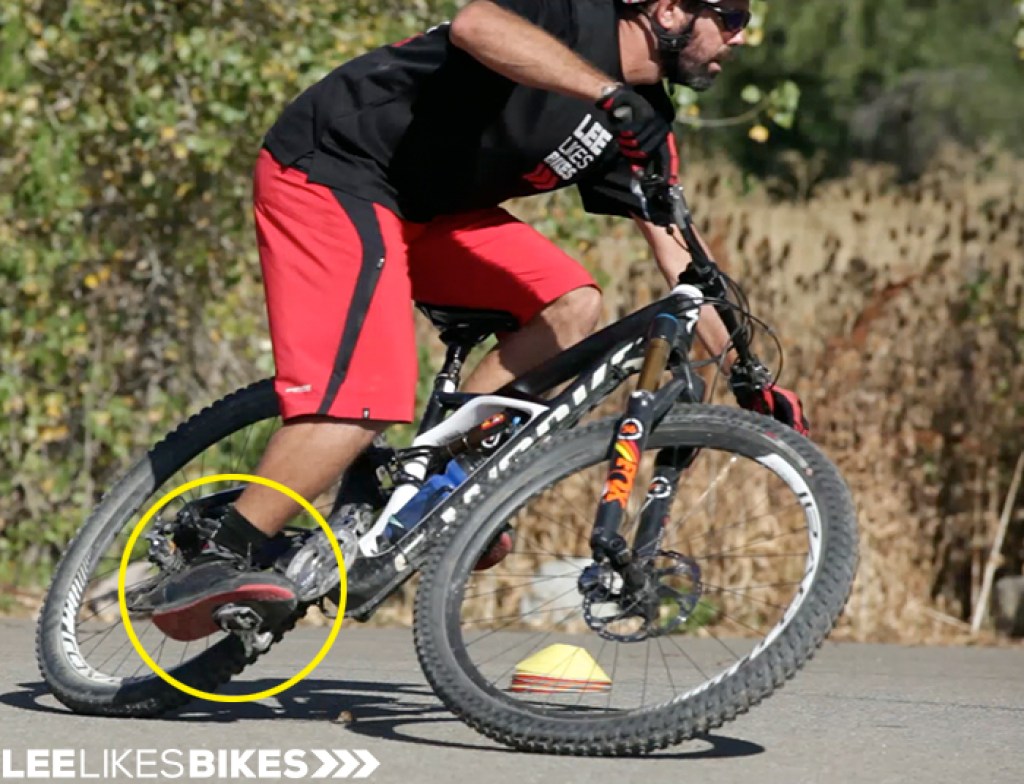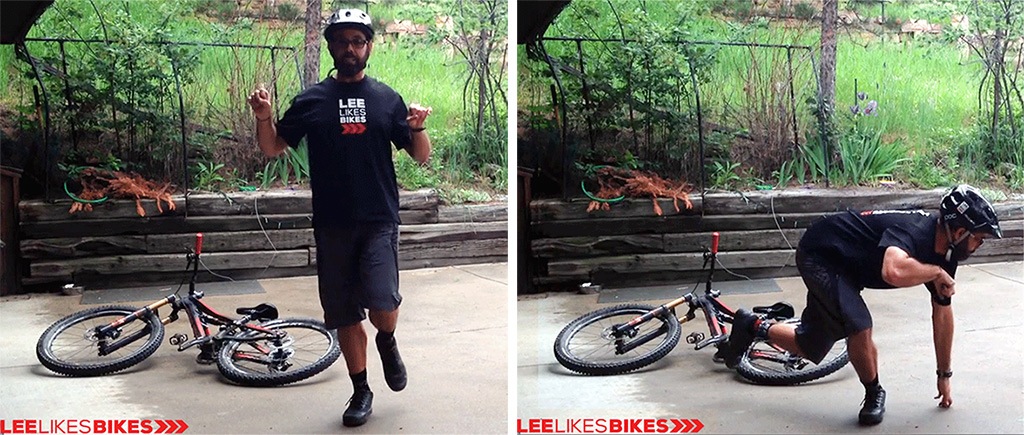Because cornering is king and time is money
There was a time—before my coaching business picked up, before kids—when I could ride my pick of motocross, downhill, cross-country or dirt jumps any day of the week. Those days were glorious! But, thankfully, I don’t have that kind of flexibility anymore. Odds are that you’re in a similar boat and can’t ride awesome trails every single day. That’s good because:
- You need rest.
- You need variety.
- You can only ride as well as you live—if your life is out of balance, your riding will suffer.
That Sunday shred is rad! But it’s not where you learn new skills—it’s where you execute the skills you already have and reap the rewards. Driveways, cul-de-sacs, or even parking lots on your commute to work are great environments to dial in new movement patterns because they’re accessible and consistent.
Use the following CDSKF (cul-de-sac kung fu) drills to develop the essential skills that empower all great cornering. Start with Level 1, work up to Level 2, and then dive into Level 3. Your riding will feel better with each quality practice session.
Setup
- Ride your normal bike. Seat down. Flat pedals are nice because you can wear the shoes that are already on your feet.
- Pick an open area. Pavement is best to start. You can add dirt later.
- Place cones, gloves, fish heads, or other targets in a square about 15 paces apart. You’ll be making 90-degree turns around your course.
- Turn in the direction that feels best (probably to the left, like Zoolander) when you’re learning. This will speed up the process. When turning to your good side feels great, start turning the other way, too.
- Practice often. Five minutes of practice five times a week is way more helpful than 25 minutes of practice once a week. If you can manage 25 minutes five times a week, you’re killing it!
Level 1 – Make Angles
Bikes turn the way skis turn: When you lean them onto an edge, they do the work. Most riders are terrible at this until they really practice. Take this one step at a time:
1. Lean Your Bike
Extend your inside arm into the turn. Your shoulders should stay level and your bars should be leaned. Keep your hands weightless so the bike can steer itself. This sets an edge, which makes your bike turn.

2. Load Your Foot
As you lean the bike, drop your outside pedal and smash 100 percent of your weight into that foot. This action loads the edge and increases traction, a skill that will save you in a surprise off-camber turn.

3. Drive Your Hips
As you initiate the turn, start pointing your hips where you want to go. A ski coach from Mogul Logic once told me to imagine there’s a flashlight in your belly button. This adds power to your turn, and it creates space for your saddle to lean under your thigh. It also helps you look into the next turn.

If you’re too busy to ride your local cul-de-sac, practice this tricky movement while you’re on a conference call:

Level 2: Make It Smooth
At this level, you’re going to execute the exact same movements, but you’ll concentrate on fully integrating them.
Lean the bike as you load your foot. Rather than flopping your bike and foot into the turn, gradually increase the lean and load. Pass through a moment of maximum lean and load, then release the pressure as you return your bike to upright. This massively improves balance and increases traction.
Simultaneously, remember to drive the turn by opening your hips. Your hips should hit maximum “openness” at the same moment of maximum lean and load.
Watch and feel the flow of the turns in the video below. Notice how the hands, feet, hips—whole body—act as one integrated unit:
Level 3: Generate Speed
Your mind is about to get blown to pieces. Are you ready?
You can pump through corners–even flat ones–just like you’d pump through a depression in the trail or between rollers on a pump track. Break it down like this:
- Imagine pumping through a depression in the ground, or between rollers on a pump track. Get heavy–push into your pedals–on the downside. Get light on the upside. Gain some speed. Most new-school MTBrs understand this idea. (view illustration)
- A turn is nothing more than a sideways depression. The greater your cornering forces, the truer this feels. Berms seem pretty obvious, but flat turns, when ridden well, are also sideways holes. (view illustration)
- When you get heavy in the beginning of a turn, that’s like getting heavy on the downslope of a depression, and that generates speed. In skiing, they call this “early pressure.” It’s also one way Peter Sagan out-corners other professional road racers downhill. (view illustration)
Watch and feel the timing and flow of this turn. The more aggressively you pump a turn, the more power you need, and the more level your feet will stay.
Do it well. Do it often. Tell me how it goes!
Cul-de-Sac Kung Fu: At-home drills for on-trail mastery
